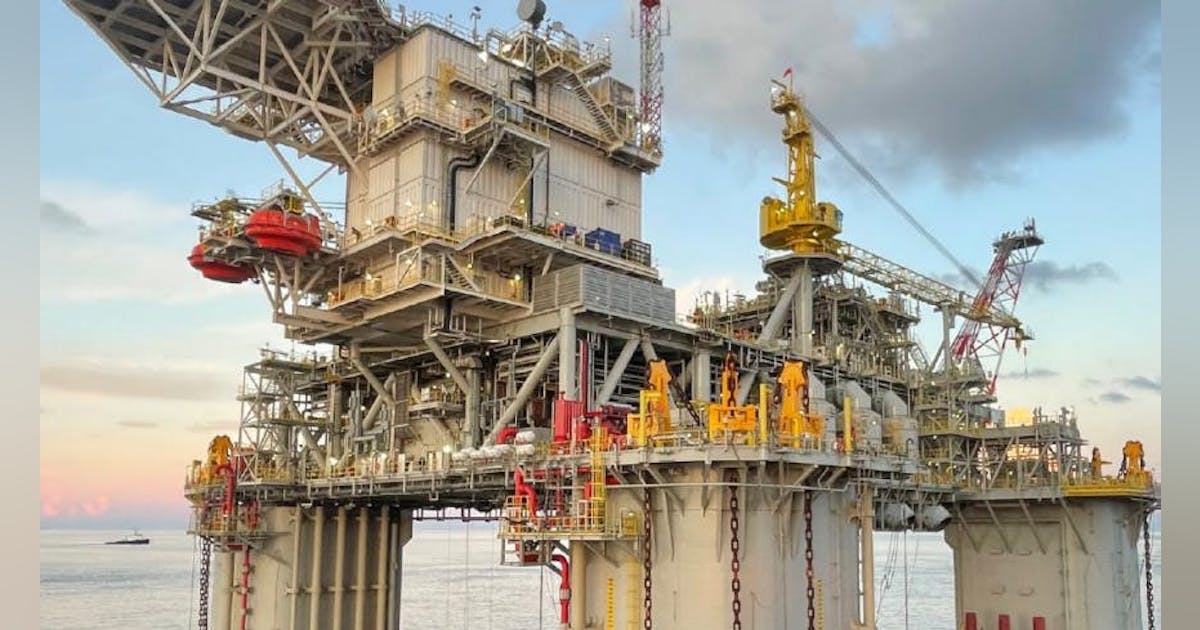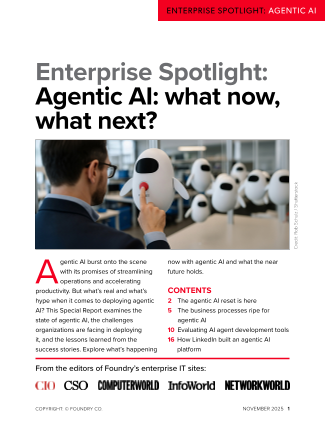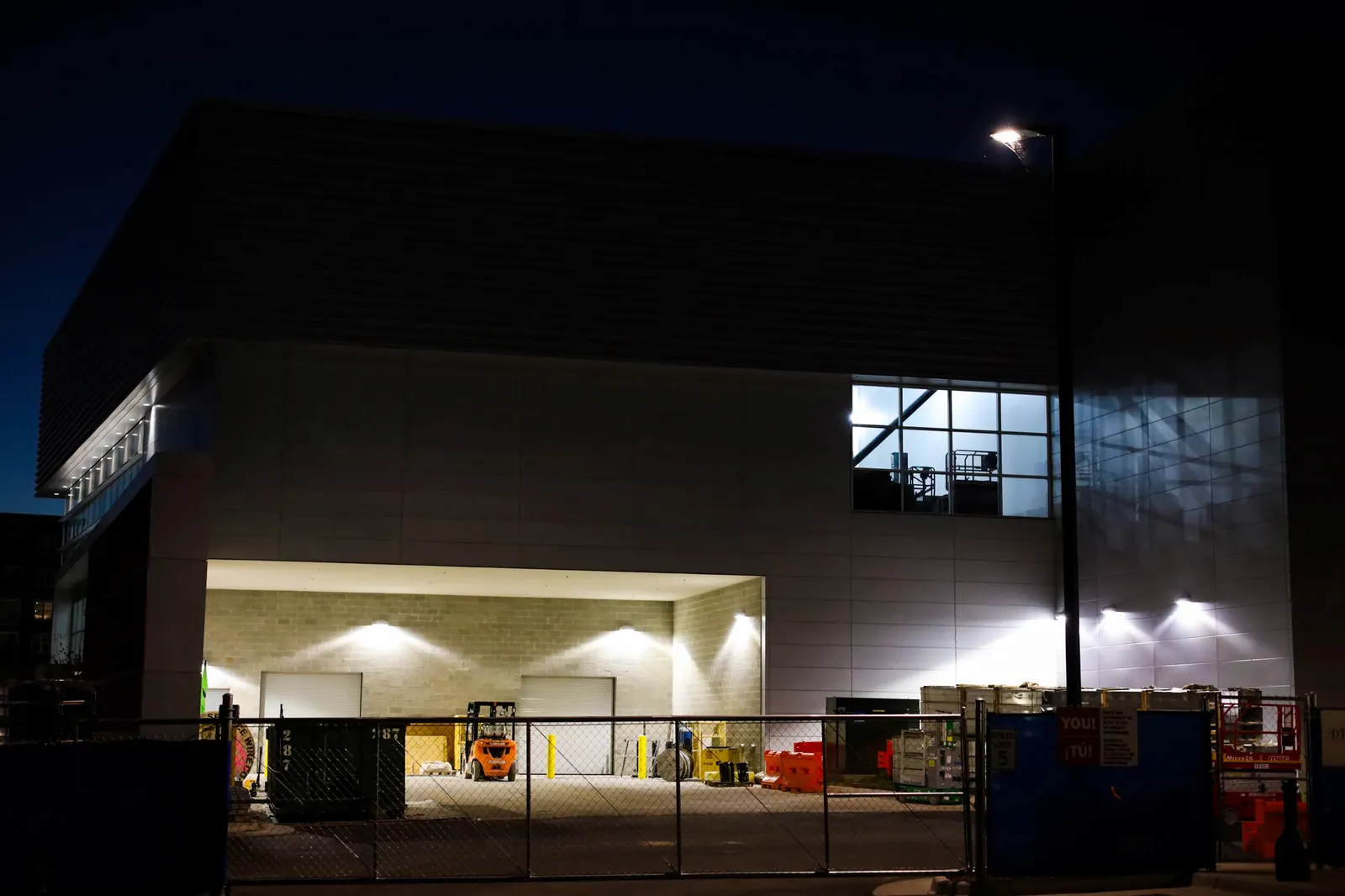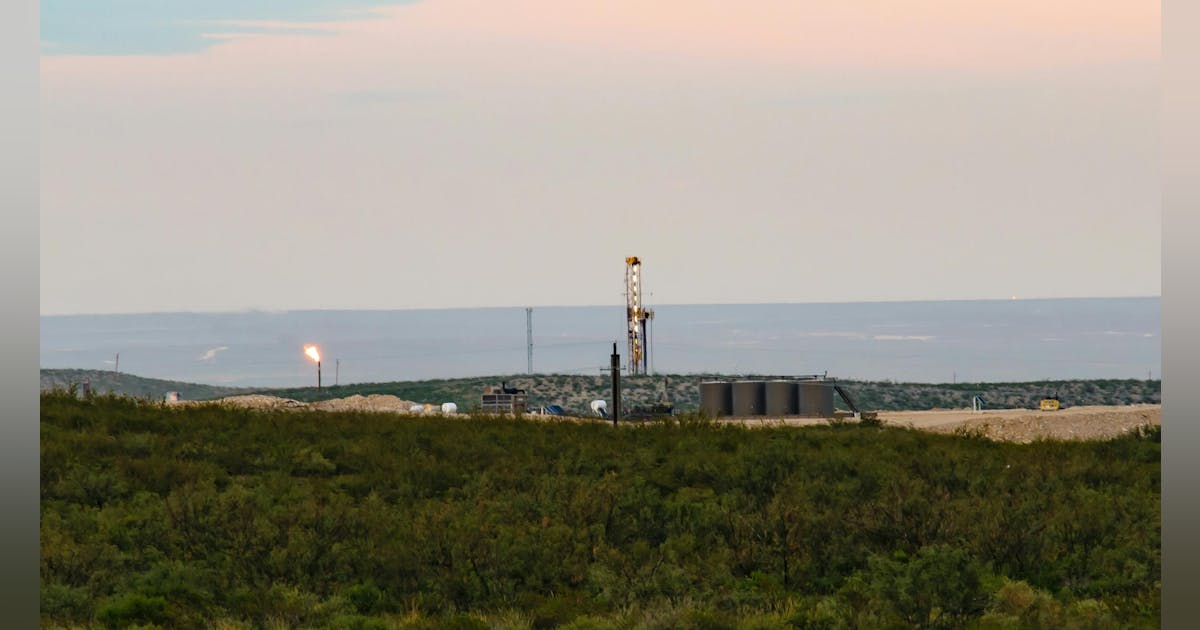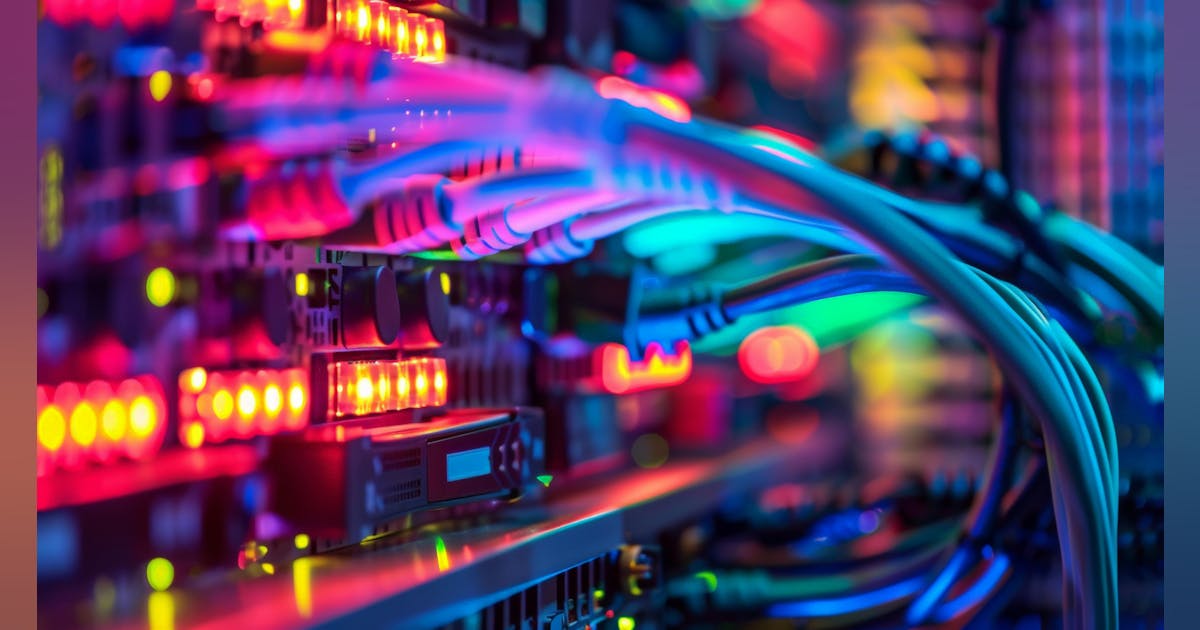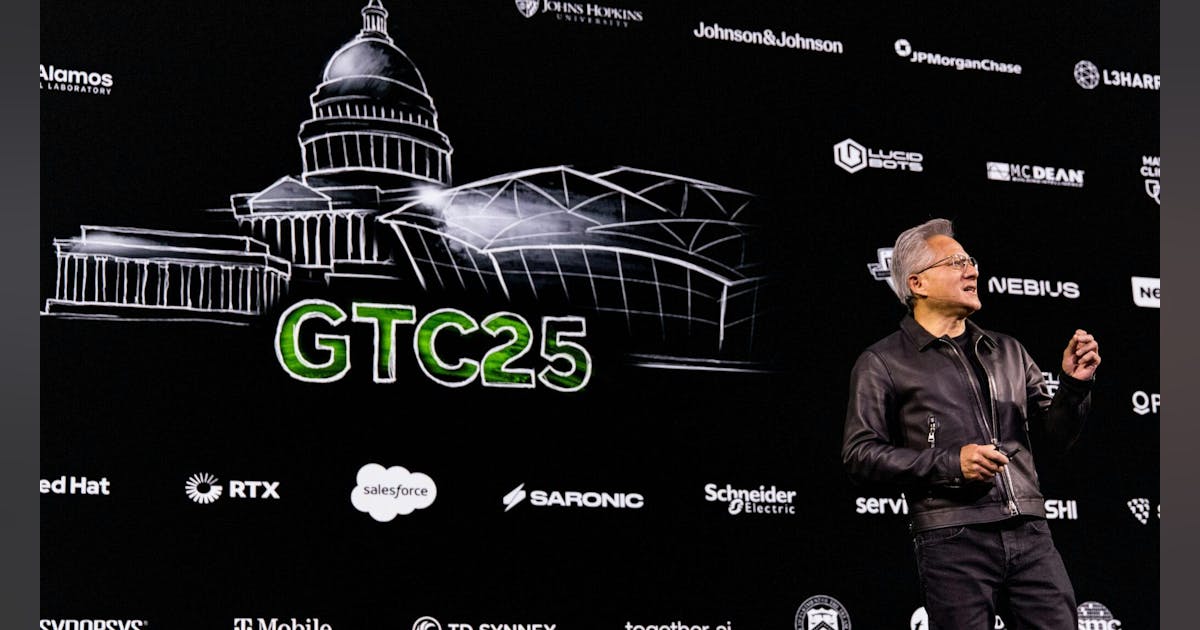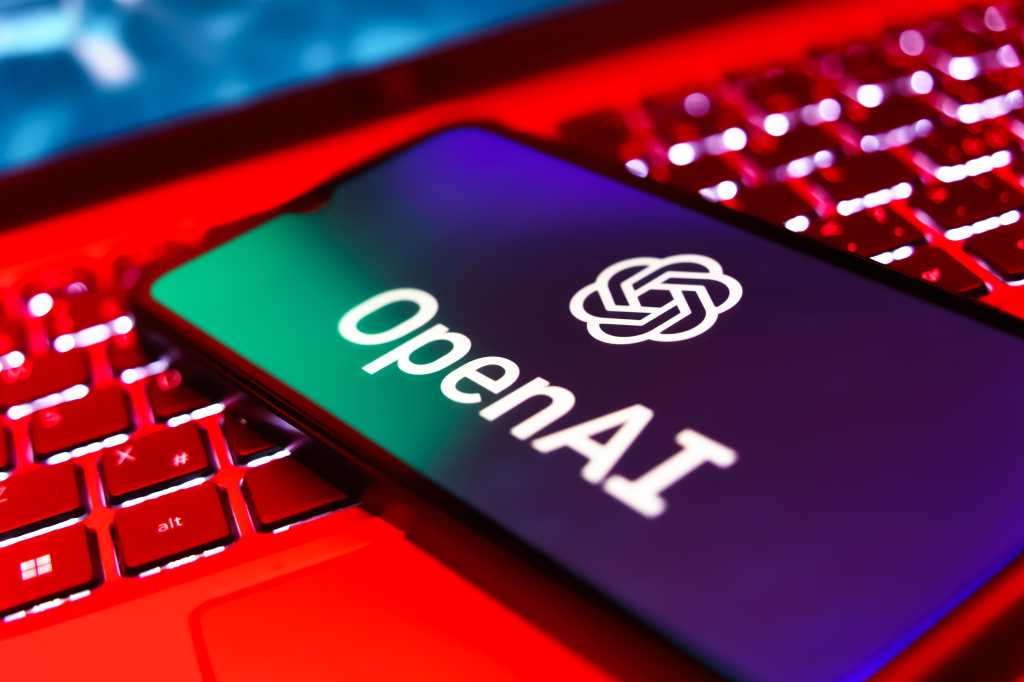Plans to build thousands of new pylons in rural areas to meet the Government’s clean power targets are sparking backlash in communities across the UK.
National Grid is overhauling the power system to meet rising electricity demand, as well as the need for new connections to renewable energy sources like wind and solar farms in the coming years.
Energy Secretary Ed Miliband has called the proposed rollout of new pylons, wind turbines and solar panels a matter of “national security”, vowing to “take on the blockers, the delayers, the obstructionists”.
But opposition has sprung up in areas from Yorkshire to North Wales to Essex, with campaigners accusing the Government of using “bullying tactics” to force new pylon projects through.
Chris Whitfield, 72, said the issue is becoming a “constant nightmare” for him and other residents in Ardleigh, Essex.
The rural village lies in the path of one of the biggest planned projects, a pylon line more than 110 miles running through East Anglia from Tilbury, on the banks of the River Thames, to Norwich.
The proposals are for 520 pylons standing 50 metres high with large trenches dug around them at ground level.
Mr Whitfield said the structures are “monstrosities”.
He told the PA news agency: “We’re going to be surrounded. There’s not going to be anywhere in our parish that you won’t see these pylons.
“At the statutory consultation (earlier this year) there were people in tears about how devastating it’s going to be.”
The majority of the Norwich-Tilbury scheme could be based offshore, campaigners suggest, with smaller, less disruptive power lines coming inland.
Tom McGarry, National Grid’s deputy corporate affairs director, said the company is taking steps to minimise disruption, but the offshoring plan would be “four times more expensive”.
“Our projects have to be assessed by Ofgem through a consumer lens,” he said.
“They have to provide the best value-for-money for all electricity bill payers.”
National Grid is still consulting on the plans in East Anglia, with construction due to start in 2027 if they are eventually approved.
But the resistance to pylon lines is springing up across the UK, with local authorities in Lincolnshire, Norfolk, Suffolk, Derbyshire and Nottinghamshire also opposing similar projects.
Rosie Pearson, another opponent of the Essex pylon route, said there is a “groundswell” of support from other campaigns across the country.
She accused Labour of “forcing any old project through come what may” and using “bullying rhetoric” to make it happen.
She said: “More and more people are talking about this, and becoming aware of the issue.”
Nonetheless, the grid upgrades are “urgently needed”, said Mr McGarry.
Many of the UK’s existing pylons and overhead power lines were built in the 1960s to carry electricity from coal-fired power stations in the Midlands and the north to the rest of the country.
Renewables are now the UK’s main source of power, meaning electricity needs to be transported from different places, like offshore wind farms in the North Sea.
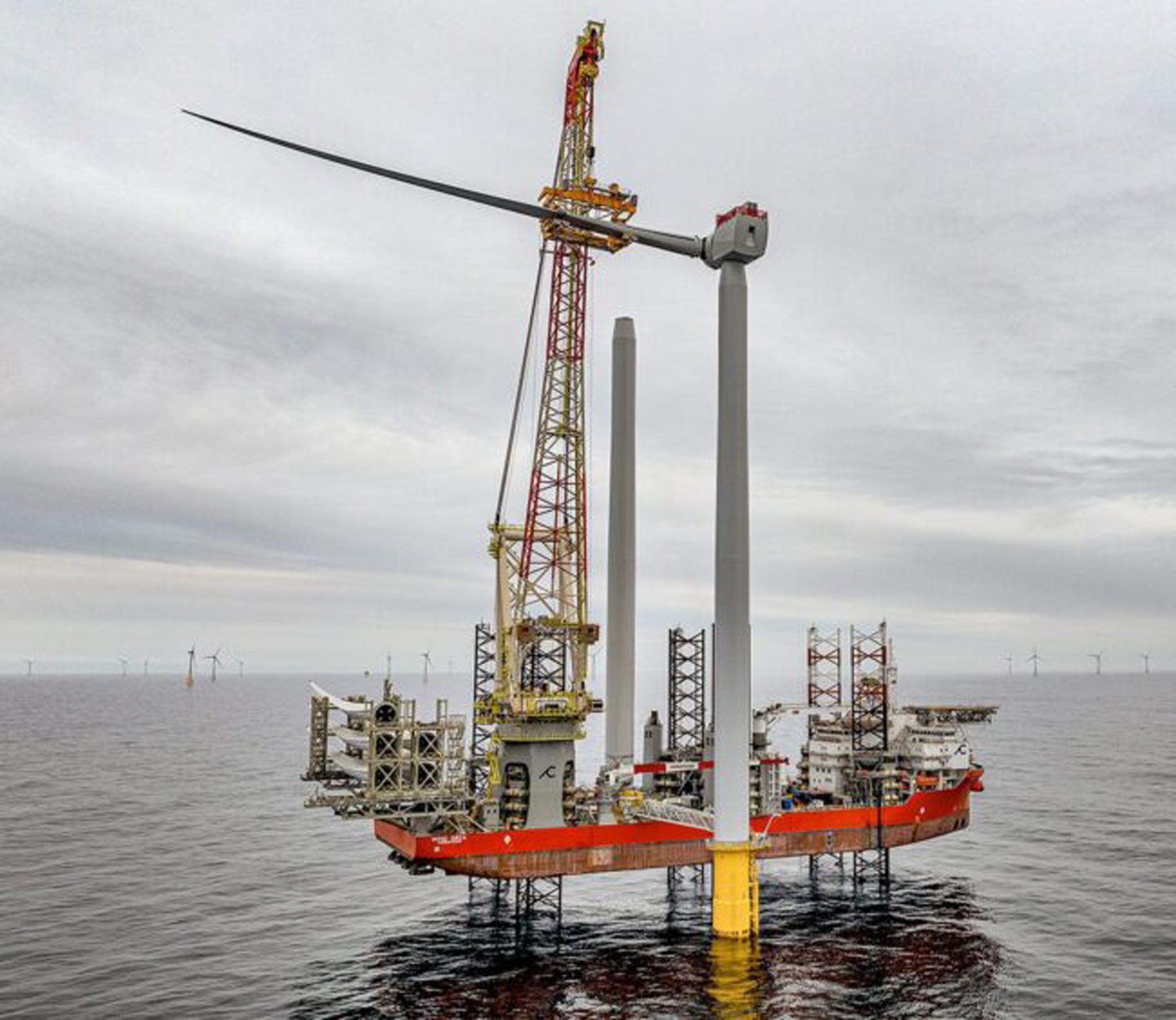 © Supplied by Ocean Winds
© Supplied by Ocean WindsThe upgrades are also vital to Labour’s plans to decarbonise the grid by 2030, five years earlier than the Conservatives promised.
Mr McGarry added: “We need to effectively rewire Britain.”
Sir John Armitt, chairman of the National Infrastructure Commission, which advises ministers, said: “Our whole energy system is changing. We’ve got an old energy system based on a few very big power stations.
“We’re now into a much more local, offshore and onshore model… and we’ve got to connect it all up.”
But rows like this also underline the need for Labour to show they are listening to local groups, he added.
Sir John said recent Government messaging “sounds a bit like: ‘You must listen. These are nationally important issues, and therefore please come to terms with this and accept it.”‘
He said: “If you don’t have a discussion with people you can’t be surprised if they get pretty antagonistic.”
A spokesperson for the Department for Energy Security and Net Zero said the clean power transition “will require improving infrastructure in a cost-effective way to get renewable electricity on the grid”.
“Without this infrastructure, we will never deliver clean power for the British people.”
They said other solutions are “more expensive, and costs are borne by the electricity billpayer”.
“Communities have always had a say in the planning process – and they will continue to have a voice on developments in their area.”
Recommended for you

National Grid outlines ‘unprecedented’ £35bn investment plans

